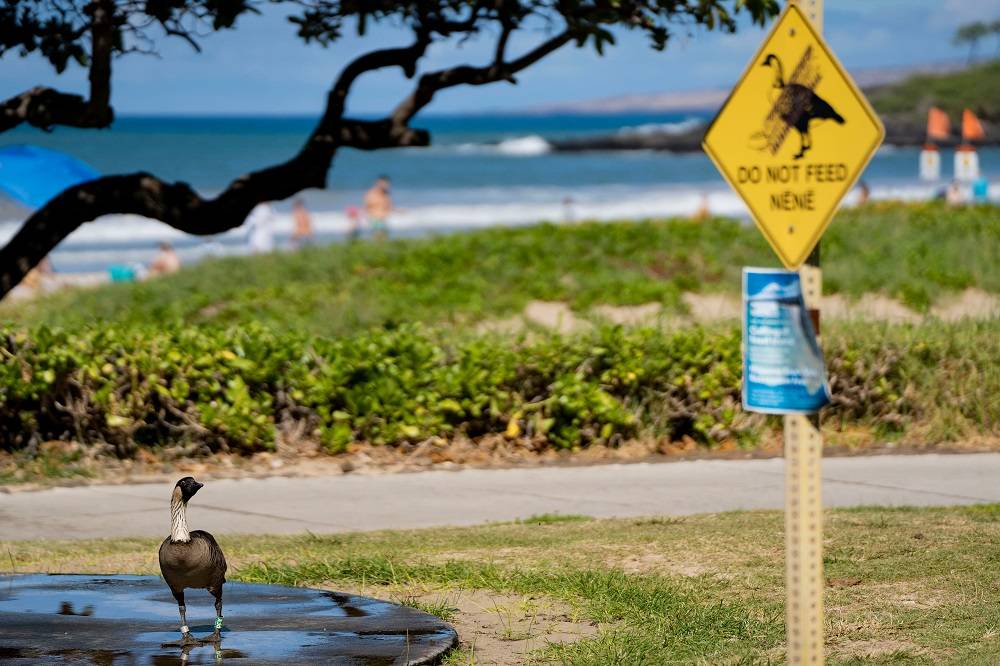German-Spanish giant Siemens Gamesa is rapidly expanding its facility to meet booming demand in England’s northern city of Hull, home to the country’s biggest wind turbine blade plant.
On the banks of the River Humber in northern England, Hull, known for a once-thriving fishing industry, is recreating its renewable energy sector, supported by the country’s 2050 net-zero target. "We are doing our bit to tidy the world up and get cheaper and cleaner energy for everybody," blade painter Carl Jackson, 56, told AFP from the factory floor.
“I think wind power is a big part of the future. It's been a massive boost to jobs and the economy in Hull,” added Jackson, who joined Siemens Gamesa six years ago. The UK plans to gradually reduce its dependence on gas, which is rocketing household energy bills and forcing London to allocate billions to support people in need this winter.
Since 2016, the Hull factory produced about 1,500 turbine blades, with each measuring 81 meters in length -- about the same as the wingspan of an Airbus A380 aircraft.
The group will open another factory in Le Havre, northern France, in March. It also plans to expand its operations in Hull to manufacture larger 100-meter blades, which could produce, in one single rotation, enough power for an average house for up to two days.
In the cavernous Hull factory, staff assemble balsa wood, fiberglass and resin into vast blade molds to start a journey that will eventually harness the ferocious winds of the North Sea.
Around 25 percent of the UK's electricity is delivered from wind power, beating the European Union (16 percent), and France (9 percent), according to figures published by WindEurope in 2020.
"That will only continue to grow,” said Plant director Andy Sykes, warning that Britain must cut carbon emissions while curbing its dependency on imported energy and lowering prices in the long term.
Prime Minister Boris Johnson, host of last November's UN climate change summit, COP26, in Scotland, has vowed to make Britain the "Saudi Arabia of wind.”
Scottish authorities awarded contracts to 17 projects for new offshore wind farms in January, which will boost UK’s production capacities.
Hull is also expanding into the broader renewable sector, with plans for biofuels, green hydrogen, and carbon capture, as well as solar and tidal power generation.
The carbon output from the Humber estuary region accounts for 40 percent of Britain's industrial emissions -- particularly from the cement, gas, oil, petrochemicals and steel sectors.
"You really have to decarbonize the Humber area for the UK to be really able to address significant parts of its net zero challenge," Hull City Council climate officer Martin Budd told AFP.
"And this wind turbine blade plant provides a key activator to achieve that. We are the second most vulnerable UK city after London to flooding. So, the survival of the city depends on tackling climate change,” he added.
The UK wants offshore wind farms to provide one-third of the country's electricity by 2030. But the storage capability is a very important matter as both solar and wind power depend on weather conditions, noted Climate change specialist Nick Cowern, an emeritus professor at Newcastle University. “Until we have the ability to store electricity as hydrogen -- or alternatives like ammonia -- and be better grid-connected to our European neighbors, gas will still be needed."










